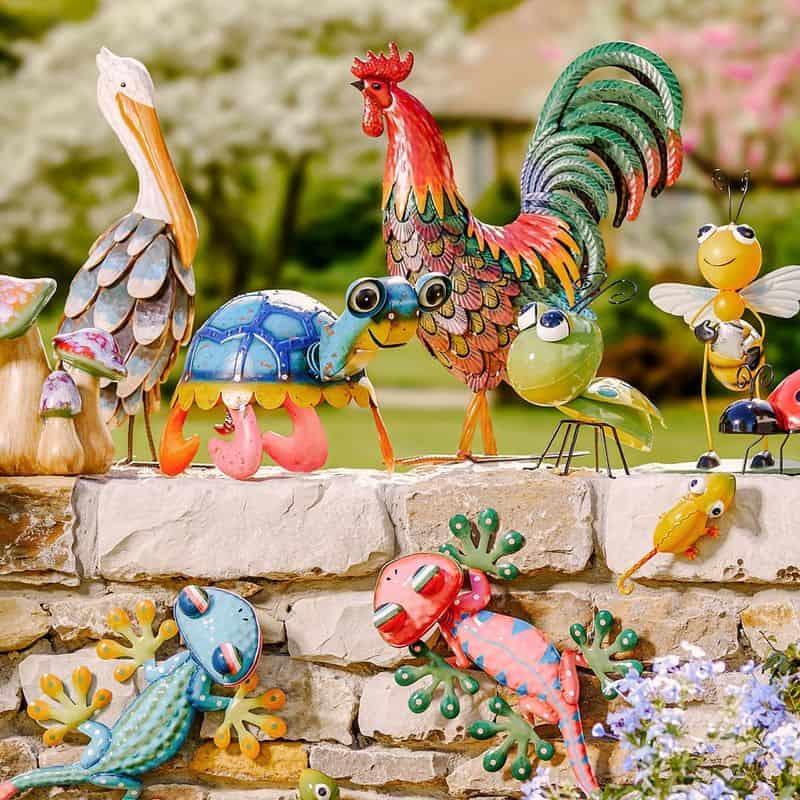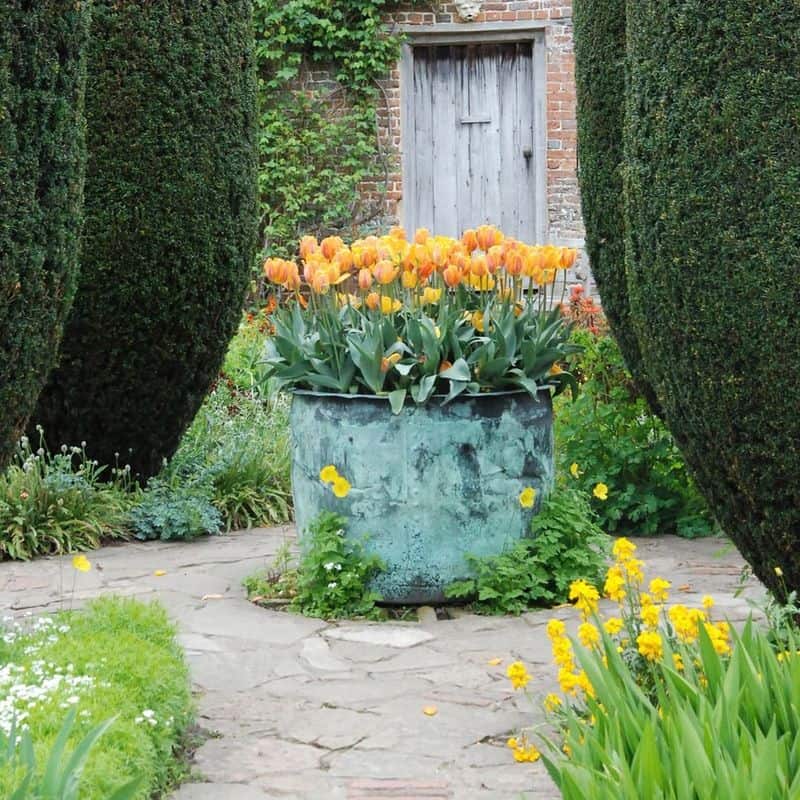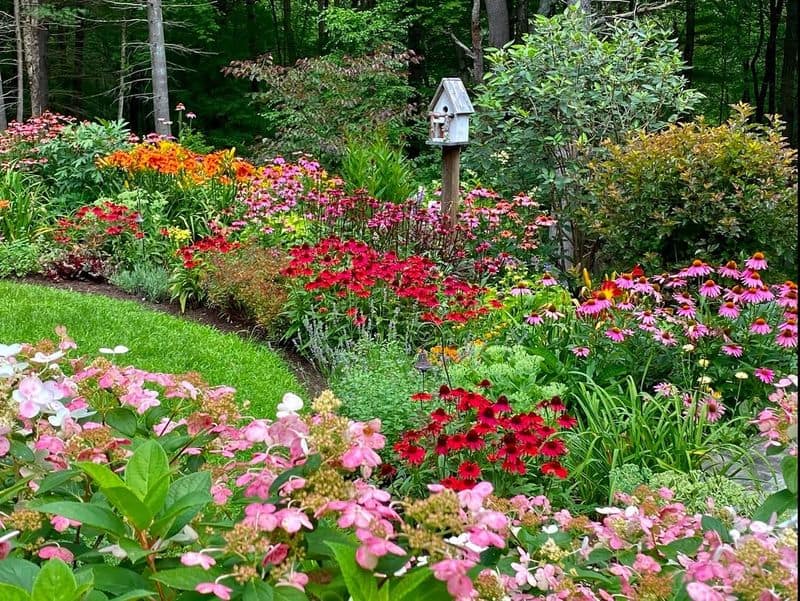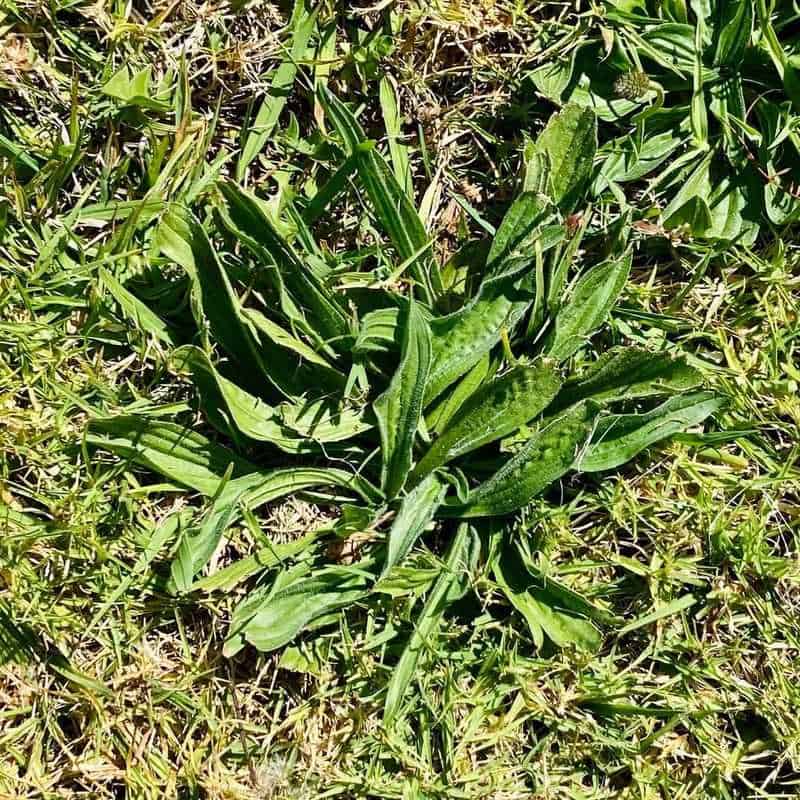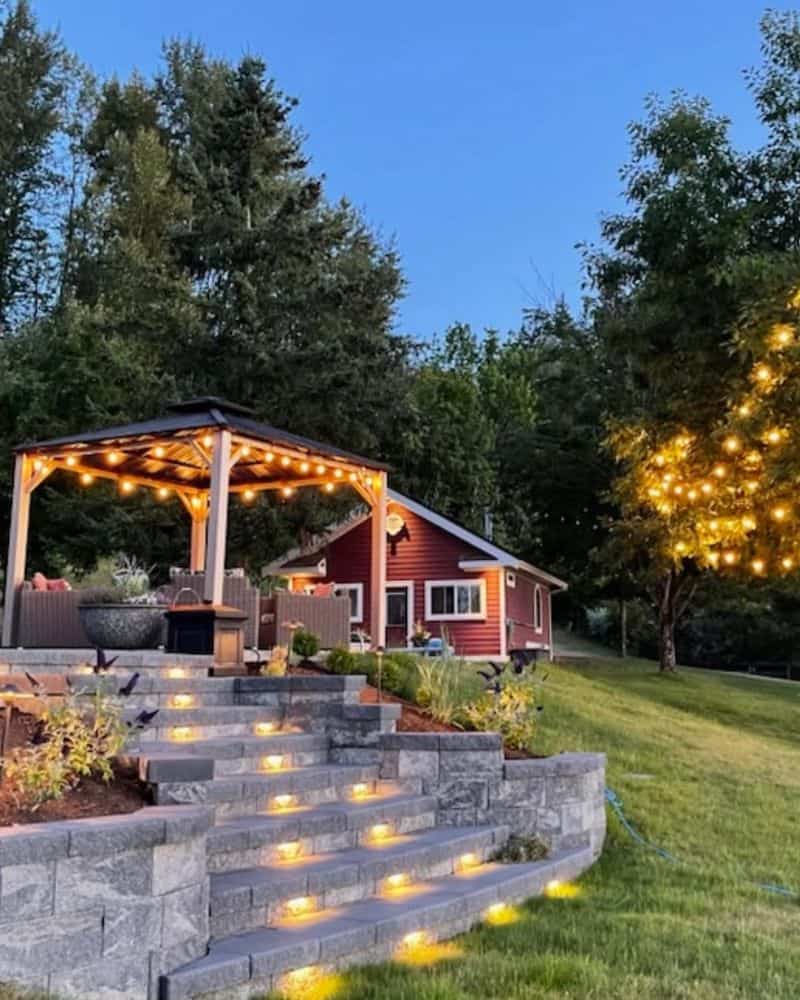Maintaining a lush, green lawn can often feel like a battle. While intentions are usually good, some common landscaping mistakes can turn your yard into a plot that seems to have its own vendetta!
Being aware of these mistakes can help prevent your lawn from seeking revenge and instead transform it into the envy of the neighborhood.
Here’s a take on 10 landscaping missteps that could lead your lawn to retaliate.
1. Excessive Lawn Decor
While garden gnomes and lawn flamingos might seem charming, overloading your yard with decorations can make it look cluttered.
A lawn is meant to be a soothing green escape, not a carnival of ornaments. Each piece should serve a purpose or add aesthetic value, not clutter the space.
Too many decorative items can also overshadow the natural beauty of your plants and grass. They should complement, not compete.
If your lawn looks more like a crowded flea market than a serene garden, it’s time to rethink your decoration strategy.
Balance is key; let your lawn breathe!
2. Planting in the Wrong Place
Placing plants in unsuitable spots is a common misstep. Sun-loving plants in shade won’t thrive, and shade-loving plants in full sun may scorch.
Every plant has its own preferences for sunlight, water, and soil type.
Ignoring these needs can lead your plants to struggle, making your lawn appear less appealing. Research each plant’s requirements before settling them in your garden.
By acknowledging their needs, you’ll ensure they grow healthy and enhance your lawn’s overall appearance. Proper placement prevents plant rebellion, keeping your yard harmonious.
3. Planting Too Deep
Planting depth can make or break a plant’s growth. Burying them too deep restricts access to sunlight and air, vital for their survival. Just like humans, plants need to breathe!
Ensure that the root crown is at soil level. This simple adjustment can drastically improve their health and appearance. Deep planting can cause roots to suffocate, not to mention the increased risk of rot.
Correct planting depth allows for proper growth and a thriving garden. Keep your plants at the right level, and they’ll reward you with beauty and vigor.
4. Cutting Grass Too Short
Mowing your lawn too short might seem like a shortcut to less frequent mowing, but it can harm your grass.
Short grass blades can’t absorb enough sunlight to produce the food they need, weakening the entire lawn.
This makes it susceptible to weeds and disease, leading to a less aesthetically pleasing lawn. It’s essential to maintain an appropriate blade height for resilience.
Keeping grass a bit longer helps maintain moisture and enhances the lawn’s natural defenses. A healthy lawn is one that’s mowed properly, paving the way for its lush growth.
5. Not Having a Focal Point
A garden without a focal point can feel chaotic and uninviting. Your lawn needs a centerpiece that draws attention and provides harmony to your landscape.
Whether it’s a stunning tree, a water feature, or a sculpture, a focal point anchors the space, giving it structure and beauty. Without it, the eye wanders aimlessly.
Design your garden with intention, using focal points to create visual interest. This approach transforms your lawn from a mere patch of green into a place of admiration and relaxation.
6. Too Much Color
While color adds vibrancy, too much can overwhelm. A lawn filled with clashing colors can appear chaotic rather than charming. Balance is crucial to create a pleasing palette.
Choose colors that complement each other, ensuring they harmonize with the surroundings. This doesn’t mean avoiding bold colors; it’s about using them wisely.
Consider the overall feel you want for your garden. A well-planned color scheme can enhance your lawn’s appeal, making it a welcoming and tranquil space. Let color be your ally, not a cause for chaos.
7. Letting Weeds Grow
Weeds are a lawn’s worst adversary. Allowing them to thrive can quickly undermine your efforts for a pristine yard. They compete with grass and plants for nutrients, water, and light.
Regular maintenance and vigilance are necessary to prevent weed invasion. A robust lawn discourages weeds and maintains the desired aesthetic.
Using mulch and proper mowing techniques can help keep weeds at bay. Stay proactive, and your lawn will remain weed-free and ready to shine. A little effort now prevents bigger headaches later.
8. Over-Watering
Water is essential, but too much can drown your plants. Over-watering leads to waterlogged soil, suffocating roots, and promoting rot and disease.
Understanding your lawn’s specific watering needs is crucial. Different plants and grass types require different amounts of water.
Water wisely, considering the weather conditions and soil type. This ensures your lawn remains healthy and vibrant. Proper hydration supports a thriving ecosystem, avoiding a swampy disaster.
9. No Variety
Monotony is the nemesis of a vibrant garden. Lack of variety leads to a boring landscape that might leave your lawn plotting for excitement.
Incorporate different plant types, colors, and textures to enhance visual interest. Diversity not only pleases the eye but also encourages a healthier ecosystem.
A mix of plants creates a dynamic environment, inviting beneficial insects and wildlife. Embrace variety to transform your garden into a lively, engaging space that’s both beautiful and functional.
10. Not Planning
Lack of planning can result in a disorganized and inefficient garden. Without a clear layout, maintenance becomes a chore, and your lawn loses its appeal.
Consider the space, plant requirements, and seasonal changes when designing your landscape. Thoughtful planning optimizes beauty and functionality.
A well-planned garden is easier to maintain and more enjoyable to spend time in. Avoid haphazardness by sketching a plan, ensuring your lawn remains a source of joy rather than frustration.


